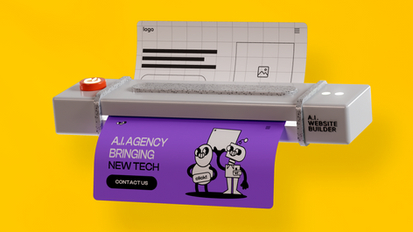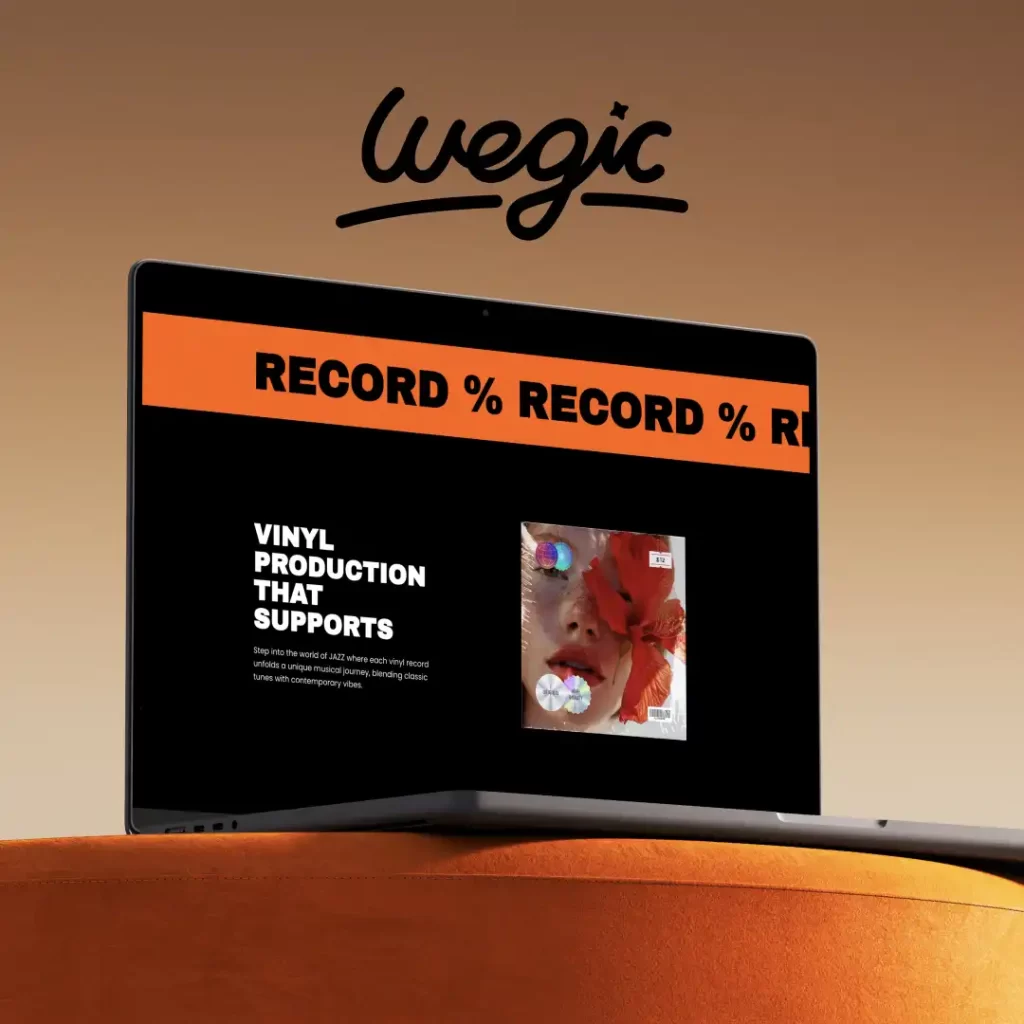How to Web Design Pricing
How to Master Web Design Pricing
Web Design Pricing
In today’s digital age, having a strong online presence is essential for businesses of all sizes. A well-designed website can help attract new customers, showcase products and services, and establish credibility in the marketplace. However, many business owners are hesitant to invest in web design due to concerns about cost. In this article, we will explore the factors that can influence the cost of web design and provide guidance on how to ensure that you get the best value for your money.

The Ultimate Guide to Web Design Pricing
Web Design Pricing
Choosing a Domain Name
One of the first steps in building a website is choosing a domain name. Your domain name is the web address that users will type into their browser to access your site. When selecting a domain name, it is essential to choose a name that is easy to remember, relevant to your brand or business, and available for registration. It is also important to consider the domain extension, such as .com, .org, or .net, as different extensions can convey different meanings to users.
Selecting a Hosting Provider
After selecting a domain name, the next step is to choose a hosting provider for your website. A hosting provider is a company that stores your website files on a server and makes them accessible to users on the internet. When selecting a hosting provider, it is essential to consider factors such as uptime, security, storage space, bandwidth, and customer support. It is also crucial to choose a hosting plan that aligns with the needs and goals of your website.
Designing the Layout
Once you have registered your domain name and selected a hosting provider, the next step is to design the layout of your website. The layout of your website includes elements such as the header, footer, navigation menu, content area, and sidebar. When designing the layout of your website, it is essential to consider factors such as usability, accessibility, and aesthetics. It is also important to ensure that your website is responsive, meaning it adapts to different screen sizes and devices, such as desktops, laptops, tablets, and smartphones.
Creating Content
After designing the layout of your website, the next step is to create content for your site. Content includes text, images, videos, and other multimedia elements that communicate your message to your target audience. When creating content for your website, it is essential to consider factors such as readability, relevance, and search engine optimization (SEO). SEO is the process of improving your website’s visibility in search engine results pages, which can help drive organic traffic to your site.
Adding Functionality
In addition to design and content, websites often include functionality that enhances the user experience and enables users to interact with the site. Examples of website functionality include contact forms, social media integration, e-commerce capabilities, and multimedia players. When adding functionality to your website, it is essential to consider factors such as usability, accessibility, and security. It is also important to test your website regularly to ensure that all functionality is working correctly.
Optimizing for Performance
Once you have designed your website, created content, and added functionality, the final step is to optimize your site for performance. Website performance refers to factors such as speed, loading times, and responsiveness, which can affect user experience and search engine rankings. To optimize your website for performance, you can use tools such as Google PageSpeed Insights and GTmetrix to identify and fix performance issues. It is also crucial to regularly update your website, monitor performance metrics, and make necessary adjustments to ensure that your site is running smoothly.
Fortunately, there are numerous website builders available that cater specifically to small businesses, offering easy-to-use tools and templates to help you create a beautiful and functional website in no time. In this article, we’ll explore some of the best small business website builders currently on the market.
1. Wix
Wix is one of the most popular website builders for small businesses, thanks to its drag-and-drop interface and customizable templates. With Wix, you can choose from hundreds of professionally designed templates and easily customize them to fit your brand. The platform also offers a variety of tools and features, such as e-commerce capabilities, social media integration, and SEO optimization.
One of the standout features of Wix is its App Market, which allows you to add additional functionality to your website, such as online booking, email marketing, and live chat support. Additionally, Wix provides reliable hosting services and 24/7 customer support to ensure that your website is always up and running smoothly.
2. Squarespace
Squarespace is another popular website builder known for its sleek and modern designs. The platform offers a range of beautifully designed templates that are fully customizable, allowing you to create a professional-looking website without any coding skills. Squarespace also provides integrated e-commerce capabilities, making it easy to set up an online store and accept payments.
In addition to its design flexibility, Squarespace offers robust analytics tools to help you track your website’s performance and optimize your marketing efforts. The platform also provides reliable hosting services and 24/7 customer support to ensure that your website is always accessible to your customers.
3. Weebly
Weebly is a user-friendly website builder that is perfect for small businesses looking to create a simple and functional website. The platform offers a drag-and-drop interface that makes it easy to design your site, as well as a variety of templates to choose from. Weebly also offers e-commerce capabilities, allowing you to set up an online store and accept payments through various payment processors.
One of the standout features of Weebly is its mobile app, which allows you to manage your website on the go and track your site’s performance in real-time. The platform also provides reliable hosting services and customer support to ensure that your website is always up and running smoothly.
4. Shopify
Shopify is a popular e-commerce platform that is perfect for small businesses looking to sell products online. The platform offers a variety of customizable templates and tools to help you create a beautiful and functional online store. Shopify also provides integrated payment processing, inventory management, and shipping options to streamline the e-commerce process.
In addition to its e-commerce capabilities, Shopify offers a range of marketing tools to help you drive traffic to your online store and increase sales. The platform also provides reliable hosting services and 24/7 customer support to ensure that your online store is always accessible to your customers.
5. WordPress
WordPress is a flexible and customizable website builder that is perfect for small businesses looking to create a unique and personalized website. The platform offers thousands of themes and plugins to help you design your site, as well as e-commerce capabilities through the WooCommerce plugin. WordPress also provides SEO optimization tools to help you improve your website’s visibility in search engine results.
One of the standout features of WordPress is its open-source nature, which allows you to fully customize your website and add any functionality you need. The platform also provides reliable hosting services and a strong community of developers and users to help you troubleshoot any issues you may encounter.

The Ultimate Guide to Web Design Pricing
Web Design Pricing
In today’s digital age, having a visually appealing and user-friendly website is crucial for the success of any business. A well-designed website can help attract new customers, build credibility, and increase conversion rates. However, designing a website is not as simple as it may seem. It requires a strategic and systematic approach to ensure that the final product meets the needs and expectations of both the business and its target audience. In this article, we will discuss the website design process in detail, outlining the key steps involved in creating a successful website.
Step 1: Define the Purpose and Goals
The first step in the website design process is to clearly define the purpose and goals of the website. This involves identifying the target audience, understanding their needs and preferences, and determining the desired outcomes for the website. For example, is the website meant to generate leads, drive sales, provide information, or showcase products and services? By having a clear understanding of the purpose and goals of the website, you can better tailor the design and content to meet these objectives.
Step 2: Conduct Research
Once the purpose and goals of the website have been defined, the next step is to conduct research. This involves analyzing the competition, researching industry trends, and gathering insights into the preferences and behaviors of the target audience. By conducting thorough research, you can gain a better understanding of what works and what doesn’t in your industry, helping you make informed design decisions.
Step 3: Create a Wireframe
After conducting research, the next step in the website design process is to create a wireframe. A wireframe is a visual representation of the layout and structure of the website, showing the placement of various elements such as navigation menus, headers, footers, and content sections. Creating a wireframe allows you to plan the overall design and functionality of the website before moving on to the visual design phase.
Step 4: Design the Visual Elements
Once the wireframe has been finalized, the next step is to design the visual elements of the website. This involves creating a visually appealing and consistent design that reflects the brand identity and resonates with the target audience. Elements such as color scheme, typography, imagery, and layout are carefully considered to create a cohesive and attractive design that conveys the desired message and engages users.
Step 5: Develop the Website
After the visual design has been approved, the next step is to develop the website. This involves coding the design into a functioning website using HTML, CSS, and other programming languages. During the development phase, the website is tested for functionality, responsiveness, and compatibility across different devices and browsers to ensure a seamless user experience.
Step 6: Test and Optimize
Once the website has been developed, it is essential to test and optimize its performance. This involves conducting usability tests to identify any usability issues, testing load times to ensure fast page speeds, and optimizing the website for search engines to improve visibility and accessibility. By testing and optimizing the website, you can ensure that it meets the needs and expectations of users, leading to better engagement and conversions.
Step 7: Launch and Monitor
The final step in the website design process is to launch the website and monitor its performance. This involves deploying the website to a live server, promoting it to the target audience, and tracking key metrics such as traffic, engagement, and conversions. By monitoring the performance of the website, you can identify areas for improvement and make informed decisions to optimize its effectiveness over time.




